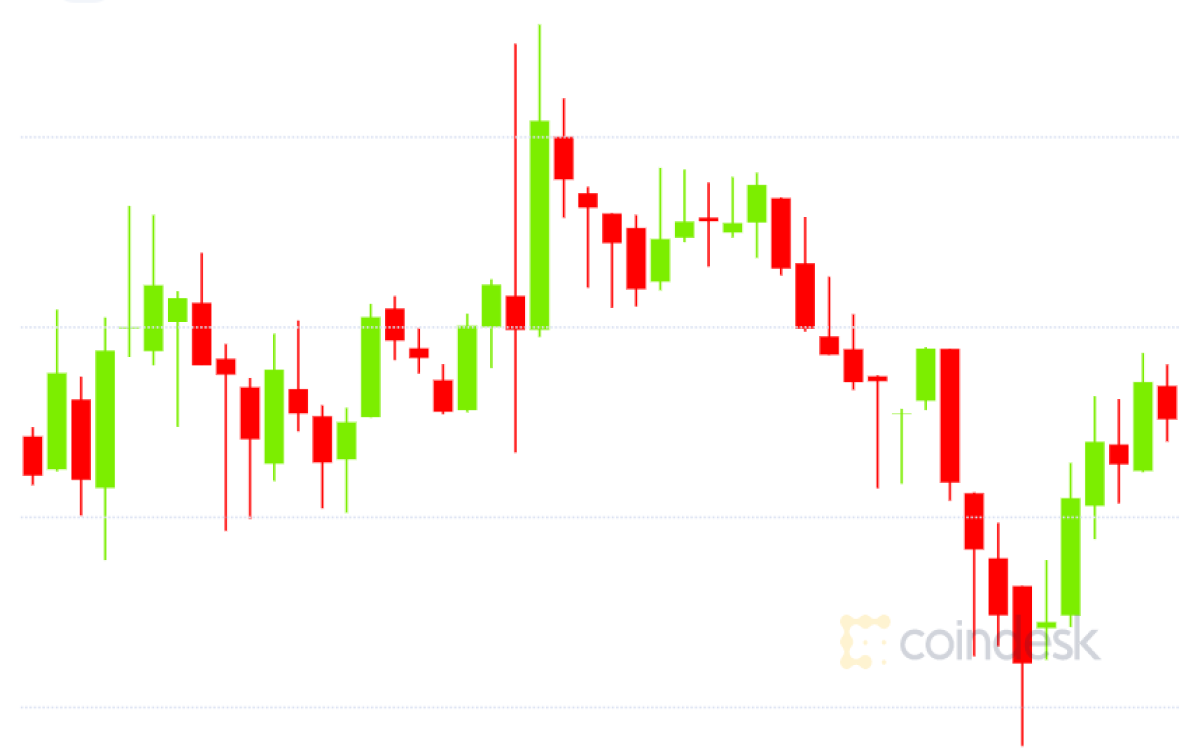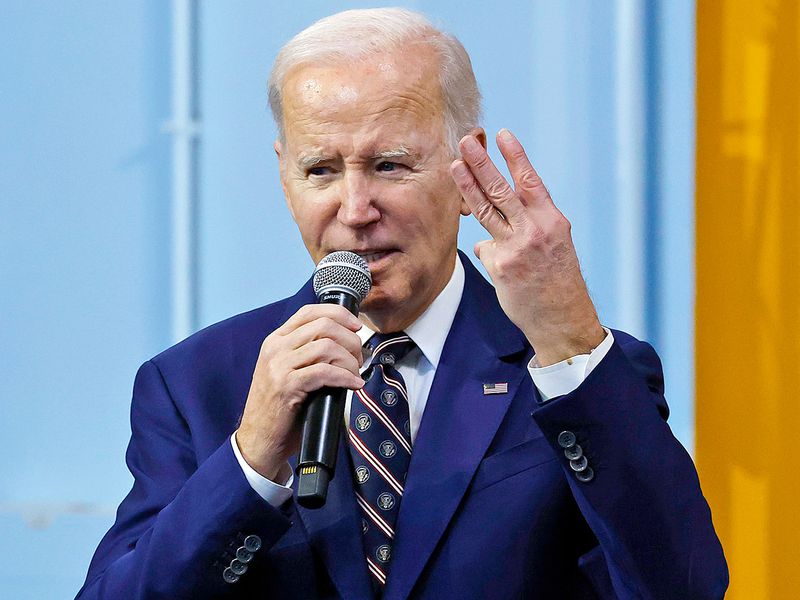EU Banking Watchdog Issues Draft Liquidity Rules for Stablecoin Issuers
/arc-photo-coindesk/arc2-prod/public/LXF2COBSKBCNHNRE3WTK2BZ7GE.png)
The European Banking Authority (EBA) has published draft rules on liquidity and capital requirements for stablecoins in line with the EU’s new Markets in Crypto Assets (MiCA) regulation.
Three consultations published Wednesday – which cover requirements for liquidity of stablecoin reserve assets, liquidity management policies and procedures for token issuers – follow calls from the EBA for stablecoin issuers to anticipate MiCA rules set to take effect next year.
The EBA said it will consult on the proposals until Feb. 8, 2024 and have the measures come into effect by June.
This story will be updated.
Related Posts


Bitcoin Market Weakening After Macro-Based Sell-Off, On-Chain Data Suggests
Sep 23, 2020 at 11:00 UTCBitcoin price chart for Wednesday (CoinDesk BPI)Bitcoin Market Weakening After Macro-Based Sell-Off, On-Chain Data SuggestsKey bitcoin (BTC) on-chain metrics have flipped bearish this week, suggesting the top cryptocurrency by market cap may extend its recent price losses in the short term. On Tuesday, the net inflow of bitcoin to exchanges…

TON Developers, Investors Back Telegram in SEC Fight
Feb 14, 2020 at 17:20 UTCUndeterred by the U.S. Securities and Exchange Commission (SEC)’s lawsuit against Telegram, developers and investors in the company’s blockchain project have formed a nonprofit for community governance.One of the TON Community Foundation’s first actions was to defend Telegram in the case, filing a friend of the court brief Friday in…

AI-Related Tokens Stumble After White House Executive Order
President Joe Biden yesterday delivered the long-awaited Executive Order on the Safe, Secure, and Trustworthy Development and Use of Artificial Intelligence aimed at potential threats posed by artificial intelligence (AI)."Artificial intelligence holds extraordinary potential for both promise and peril," read the order. "Responsible AI use has the potential to help solve urgent challenges while making

ConsenSys Announces Codefi Project to Boost DeFi Adoption
news Ethereum co-founder Joseph Lubin is going all-in on decentralized finance (DeFi) applications. “Ethereum is a shared execution space and we should also be building things that synergize,” Lubin said during a press conference at Ethereal Tel Aviv on Sunday, Sept. 15. To that end, Lubin announced that his Brooklyn-based venture studio, ConsenSys, would enter…

Tether to Launch New Version of USDT Stablecoin on Tron Blockchain
news Tether is gearing up to launch its controversial stablecoin as a native token on the Tron blockchain. For the effort, Tether is partnering with the Tron Foundation to launch the dollar-pegged USDT stablecoin as a TRC-20 token, the companies announced Monday. TRC-20 is a technical standard used by the Tron blockchain for implementing tokens, similar to…

Financial Services Giant Morningstar to Offer Ratings for Crypto Assets
news Morningstar Credit Ratings is planning an evaluation system for debt securities issued as tokens on a blockchain to make the emerging asset class more credible for investors. The new rating services could enable a migration of the $117 trillion debt securities industry, which is administered and governed by custodians and trustees, to a decentralized…
Florida CFO Jimmy Patronis ‘Would Not Be Shocked’ to See State’s $800M Crypto Portfolio Grow Under a Trump Presidency: CNBC
Patronis recommended for the state’s retirement fund to diversify into cryptocurrencies earlier this month. But he’s also raised concerns about government overreach through central bank digital currencies. 02:28 Trump Pumps DeFi Token Sale; Bitcoin Price Jumps Above $65K 02:01 Trump-Endorsed Crypto Project Confirms Plan for a Token; Bhutan Holds Over $780M in Bitcoin 02:15 "Inside

We’ve Been Thinking About Blockchains Wrong. They’re About Time, Not Money
Blockchain technology has momentum. Bitcoin and Ethereum ETFs have catalyzed mainstream entry into the crypto investment space. Meanwhile, DeFi and other decentralized projects continue to grow their users and assets. Regulators in many jurisdictions appear to be looking for ways to work with the technology, rather than against it. This all boils down to an
